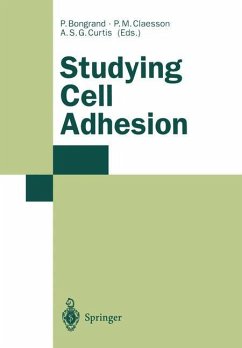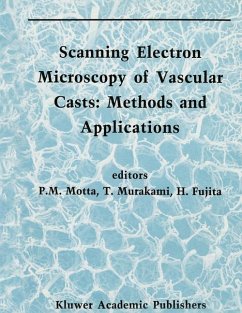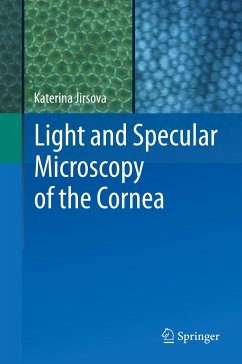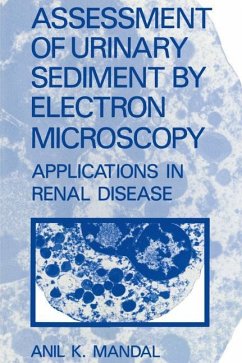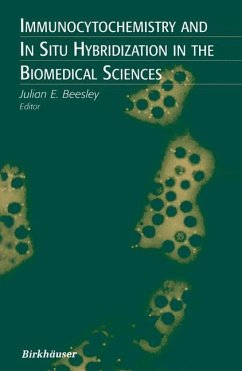
Resin Microscopy and On-Section Immunocytochemistry

PAYBACK Punkte
57 °P sammeln!
Since antibodies tagged with markers have been developed, immunocytochemistry has become the method of choice for identifying tissue substances or for the localisation of nucleic acid in tissue by in situ hybridisation. Resin-embedded tissue is routinely used and new techniques are constantly introduced. Thus, the novice entering these fields has a breathtaking variety of methods open to him. This labmanual covers the embedding of tissue using epoxy resin methods to the more sensitive procedures employing the acrylics. The possibilities and results are discussed so that an understanding of the...
Since antibodies tagged with markers have been developed, immunocytochemistry has become the method of choice for identifying tissue substances or for the localisation of nucleic acid in tissue by in situ hybridisation. Resin-embedded tissue is routinely used and new techniques are constantly introduced. Thus, the novice entering these fields has a breathtaking variety of methods open to him. This labmanual covers the embedding of tissue using epoxy resin methods to the more sensitive procedures employing the acrylics. The possibilities and results are discussed so that an understanding of the techniques can be acquired and appropriate choices made. The various resins available and all steps involved in tissue processing, beginning with fixation, as well as the great variety of labelling methods and markers that are commonly used for "on-section" cytochemistry and immunocytochemistry are described, including detailed protocols for the application.




